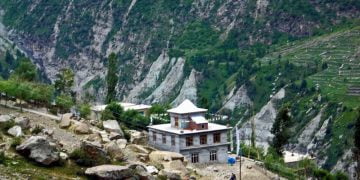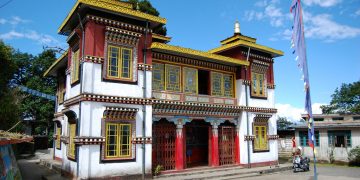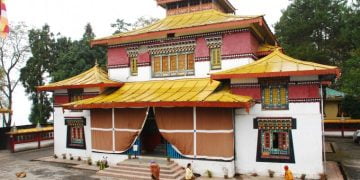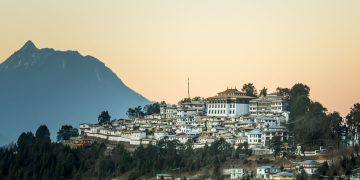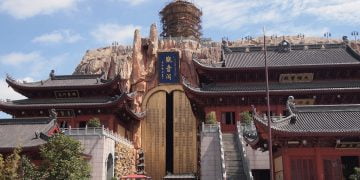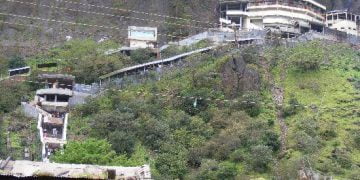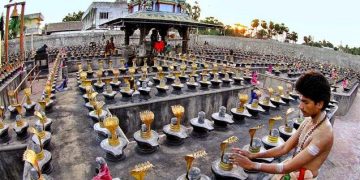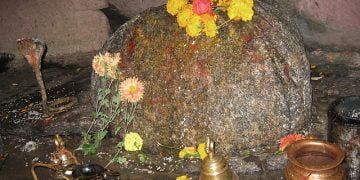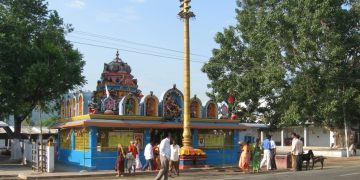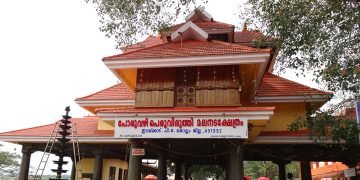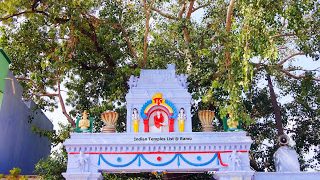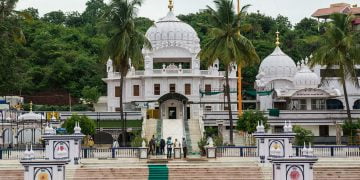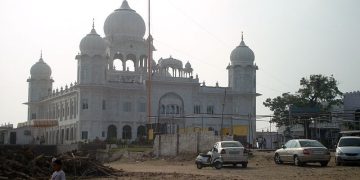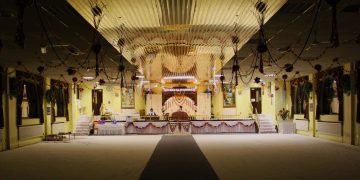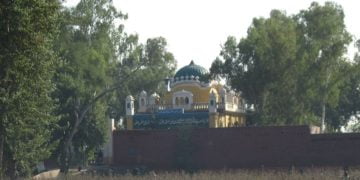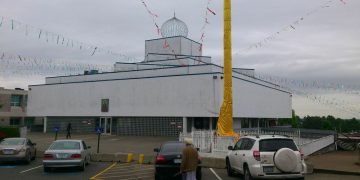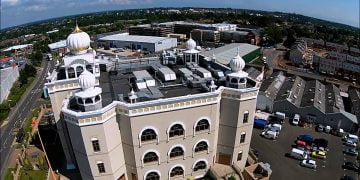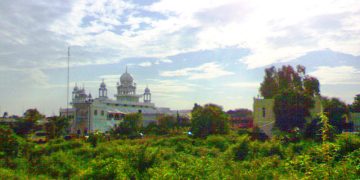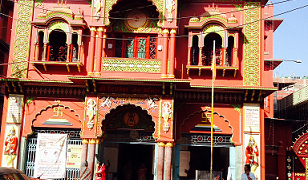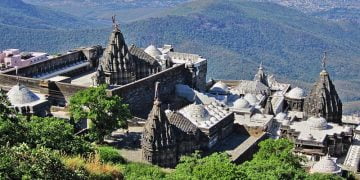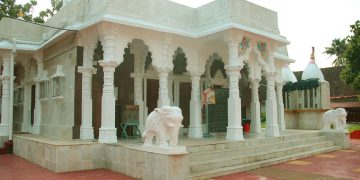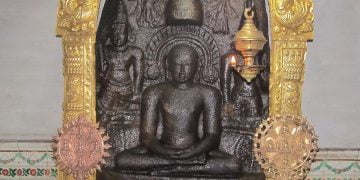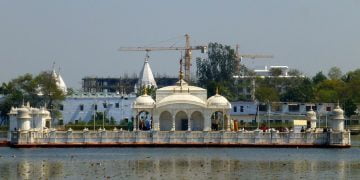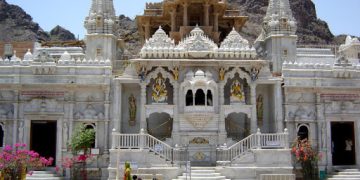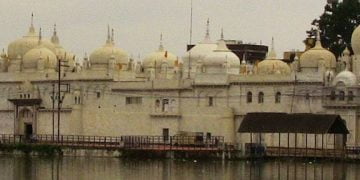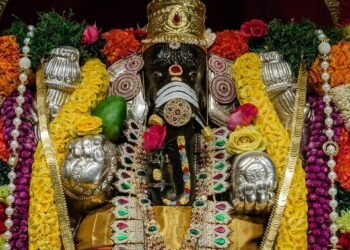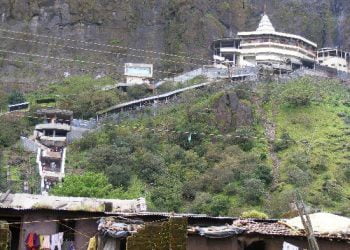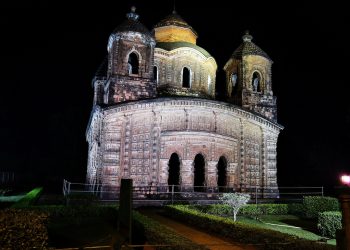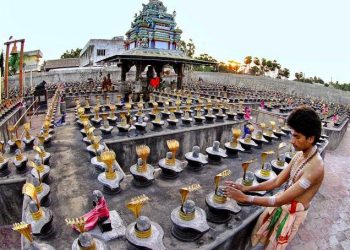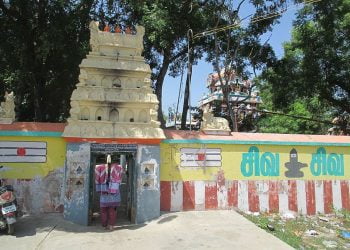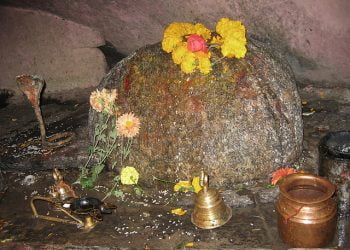Located at 5 km from Kumbakonam, the temple is built on an artificial hill. The temple commemorates the incident where Muruga explained the essence of the Pranava mantra “Om” to his father Shiva.
Shrine’s History
The temple of Swaminatha is very ancient one and it is known to have existed even in the 2 nd century BC. It is said that Parantaka Chola I built the temple. The temple was damaged to a great extent and the Gopurams were demolished and razed to the ground in the year 1740 when the Anglo-French War was waged later when war broke out between Hyder Ali and the British.Swamimalai is fourth among the six padai veedu or sacred shrines dedicated to Lord Muruga. The presiding deity here expounded the meaning of the Pranava mantra OM to his own Father Lord Siva Himself.
Mythology says that saint Bhrugu before commencing an arduous tavam or penance got the boon that anybody disturbing his meditation will forget all his knowledge. Such was the power of the penance that the sacred fire emanating from the head of the saint reached up to the heavens, and the frightened devas surrendered to Lord Siva praying for his grace. The Lord extinguished the sacred fire by covering the saint’s head by hand. With the saint’s penance thus disturbed the Lord became oblivious of all his knowledge and is said to have regained them by learning the Pranava mantra from Lord Muruga at this shrine. Once when Brahma, the lord of all creations was proceeding to Kailasa, the ever-playful child Lord Muruga asked him for the meaning of the Pranava OM. When Brahma admitted his ignorance, the Lord imprisoned him. With Brahma imprisoned, all creations came to a standstill and the devas prayed to Lord Siva to get Brahma released. When Muruga insisted that the imprisonment was a just punishment for the ignorance of Brahma, Lord Siva asked him whether he himself knew the meaning of the primordial Pranava OM.
Lord Muruga said that he knew the meaning of OM and can expound it to the latter only if he can accept him as guru and listen to the exposition as a devoted disciple. As Lord Siva acceded to the request of Lord Muruga and heard the exposition of OM as a disciple, the place came to be known as Swamimalai and the presiding deity as Swaminathan. The temple is built on an artificial hillock of about sixty feet height with sixty beautifully laid stone steps representing the Hindu cycle of sixty years – leading to the Lord . In the ground floor, there are temples dedicated to Lord Sundareswarer and Goddess Meenakshi. Hymns in praise of the presiding deity have been sung by saint Nakkeerar in Tirumurukatrupadai and by Saint Arunagirnathar in Tiruppukazh.

Legends Associated with This Shrine
The Lord here presents Himself as Gurunatha Who taught the essence of Pranava to His Father, Shiva (Swami’) and thus became Swaminatha. It is said that once, as a result of the curse laid on him by Bhrigumuni, Lord Shiva forgot the Pranava Mantra?. He immediately sent for his son Subrahmanya and asked him if he knew the Mantra. The young Subrahmanya smilingly replied that he does and he asked Lord Shiva that if only the Lord is prepared to learn the Mantra in a proper manner, then he would teach Him. Thereupon. With folded hands and bowed head, Lord Shiva stood before his young Gure with great veneration and learnt the Mantra.
As this incident took place in this sacred place it came to be known as Swamimalai? and the deity as Swaminatha, indicating that the son was superior to his Father. It is in keeping with this legend that the shrine of Subrahmanaya is built on the hillock and that of Lord Shiva below the mound.
Architectural Relevance of This Shrine
The temple has three Gopurams’ with three Praharams’. The Gopuram’ on the south side of the temple is decorated with statues and contains five storeys while the other two entrances have no towers above them. The arrangement of the Praharam is peculiar in this temple. The first Praharam is at the base of the hill, the second halfway up the hill and the third at the top surrounding the sanctum. Once you pass the Raja Gopuram’ and the KalyanaMandapam’ you reach the shrine dedicated to Goddess Sakti at the base. In addition to this, there are other shrines for various other deities and the well with vajra Teertha’.
Steps lead from here upwards towards the top of the hill. When you reach halfway up the hill there is a small area where beautiful statues depicting the legend associated with this temple have been created. Further above is the second Praharam. You climb further to reach the level where the shrine for Lord Swaminathan is built. There are various shrines to other deities on the first Praharam.
Shrine’s Map Location and How to Go There
By Road
Kumbakonam is well connected with all parts of Tamil Nadu
By Rail
By Train The nearest railway station is at Kumbakonam which is 8.6 km away
By Air
The nearest airport is at Tiruchirapalli which is 85 km away
Shrine Timings
Pooja Timing Usha Kalam 06:00 A.M Kalasandhi 09:00 A.M Uchikala Poojas 12:00 Noon Sayaratchai 05:30 P.M Random kalam 08:00 P.M Arthajama pooja 10:00 P.M
Events Celebrated at This Shrine
The important festivals conducted in the temple are : Monthly Kirutikai festival, Temple Car festival in April, Navaratri festival in May, Kanda Shashti festival in October, Tiru Karthikai festival in Nov/December, Pankuni Uttiram festival in March.
Extra Information About this Shrine
Facilities For the convenience of the pilgrims and devotees, 11 rooms, four cottages, two VIP cottages, one donor cottages, three marriage halls and one dining hall have been constructed and are let out at nominal rent ranging from Rs. 20/- to Rs. 100/- per day only.




